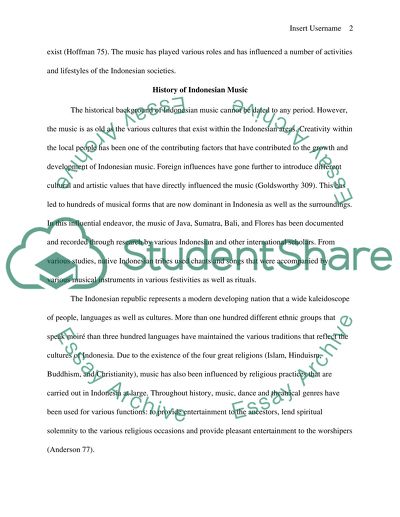Cite this document
(“World Culture Music Research Paper. Indonesian Music Essay”, n.d.)
Retrieved from https://studentshare.org/music/1463897-world-culture-music-research-paper
Retrieved from https://studentshare.org/music/1463897-world-culture-music-research-paper
(World Culture Music Research Paper. Indonesian Music Essay)
https://studentshare.org/music/1463897-world-culture-music-research-paper.
https://studentshare.org/music/1463897-world-culture-music-research-paper.
“World Culture Music Research Paper. Indonesian Music Essay”, n.d. https://studentshare.org/music/1463897-world-culture-music-research-paper.


